Don’t Blame Mike Shanahan
If you are a football fan and are appalled by what happened Sunday and want to find someone to blame, look in the mirror. It is the fans -- in the stands and in front of their television sets -- who have made football our national sport. Risk and injury are not just a part of the game, they are at its heart.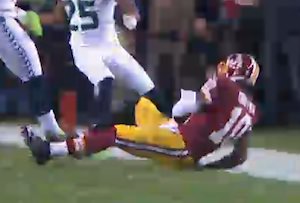
WASHINGTON — The question consuming Washington right now has nothing to do with the debt ceiling, immigration reform or the composition of President Obama’s second-term Cabinet. It’s whether Washington Redskins coach Mike Shanahan should have pulled his limping superstar, Robert Griffin III, from Sunday’s game before the young quarterback further injured his tender knee.
In retrospect, the obvious answer is yes. At the time, though, it was a much closer call than armchair, um, quarterbacks now pretend. People should cut Shanahan, and Griffin, some slack.
If you are a football fan and are appalled by what happened Sunday and want to find someone to blame, look in the mirror.
It is the fans — in the stands and in front of their television sets — who have made football our national sport. Risk and injury are not just a part of the game, they are at its heart. No one likes to see players get hurt. But if you took away that possibility, I wonder how many people would still watch.
Griffin, nicknamed RGIII, is a prodigy — a rookie who came into the National Football League with tremendous skills and a precocious, almost preternatural sense of how to establish himself as a leader among players who are older and more experienced. One element of his leadership style is displaying his willingness, even eagerness, to play through pain, even if doing so might entail further injury.
Looking and sounding notably glum, Shanahan told reporters Monday that doctors examining the first MRI images of Griffin’s knee differed on whether they were seeing old ligament damage or new damage. Neither sounds terribly promising.
“Many may question, criticize & think they have all the right answers,” Griffin wrote Monday on Twitter. “But few have been in the line of fire in battle.”
In the context of football — even in light of the way Griffin ended his season, writhing in pain and knowing he may have seriously damaged his knee — this attitude follows a certain logic.
Given the violence of the game, it would be hard to find a single player who enters a late-season contest completely pain-free. Getting blocked just once by a 320-pound offensive lineman, or tackled just once by a tank-like linebacker, would put most of us mere mortals in the hospital. Players who endure such collisions week after week end up with sore knees, aching backs, broken fingers — and continue to play.
Sometimes they pay an appalling price. During Saturday’s game between the Cincinnati Bengals and the Houston Texans, the camera panned up to the stands where Earl Campbell, one of the greatest running backs in history, was being honored by fans. I remember him as a human bulldozer, shedding would-be tacklers as if they were minor annoyances. I wasn’t prepared to see a bent old man, steadying himself with a walker.
A lifetime of football left Campbell with severe arthritis in his knees and debilitating back pain that has required several surgeries. He sometimes uses a wheelchair and has described his life as a daily struggle. He is all of 57 years old.
Far too many players also suffer the serious long-term effects of multiple concussions. Football leagues at every level should intensify efforts to alter the game’s rules and redesign players’ helmets so the risk of brain-rattling collisions is reduced. But exposed joints — knees, elbows, wrists, ankles — are likely to remain vulnerable.
Today’s players are bigger, faster, stronger than ever. The game has evolved from the leather-helmet days; perhaps it will evolve further to the point where injury is not the norm. But as long as football involves tackling, it is safe to assume that knee ligaments will be stretched and twisted in ways the Almighty never intended.
And as long as players are expected to ignore their own pain for the good of the team, coaches will confront decisions like the one Shanahan faced Sunday.
You’re in a playoff game. Your team is ahead by two touchdowns. Your quarterback — a special player, without whom you never would have come this far — is obviously hobbled and in pain, but refuses to come off the field. He says he’s hurt but not injured. Is this macho bluster, or is it the kind of sound judgment he has displayed all year? In the context of the football ethos, has he earned the right to perhaps be wrong?
It’s an easy call in retrospect. But given the situation at the time, I understand why Shanahan left him in.
Eugene Robinson’s e-mail address is eugenerobinson(at)washpost.com.
© 2013, Washington Post Writers Group
Your support matters…Independent journalism is under threat and overshadowed by heavily funded mainstream media.
You can help level the playing field. Become a member.
Your tax-deductible contribution keeps us digging beneath the headlines to give you thought-provoking, investigative reporting and analysis that unearths what's really happening- without compromise.
Give today to support our courageous, independent journalists.
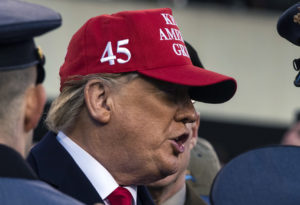
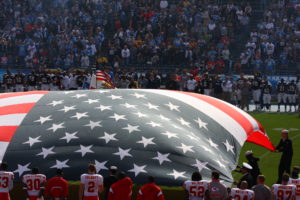
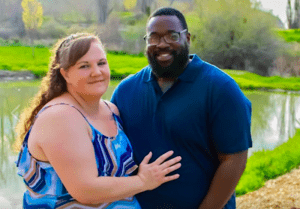
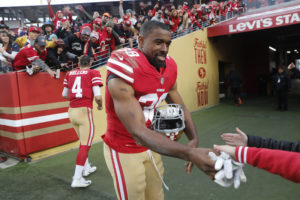
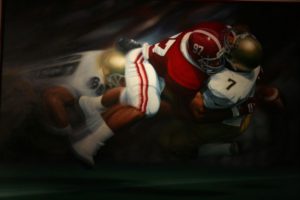
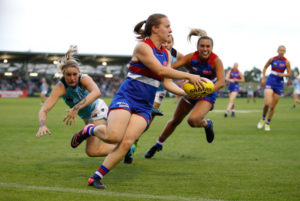
You need to be a supporter to comment.
There are currently no responses to this article.
Be the first to respond.